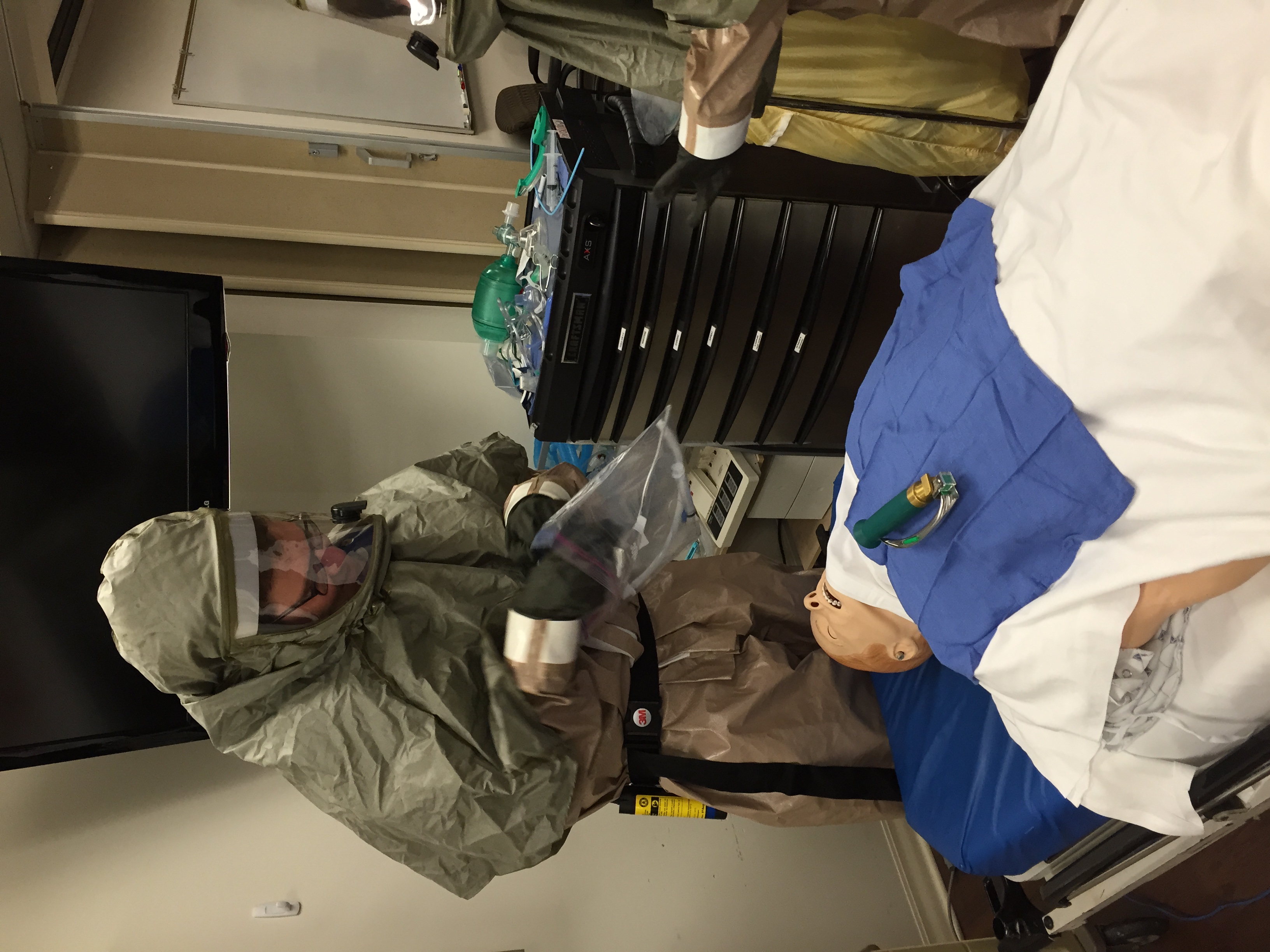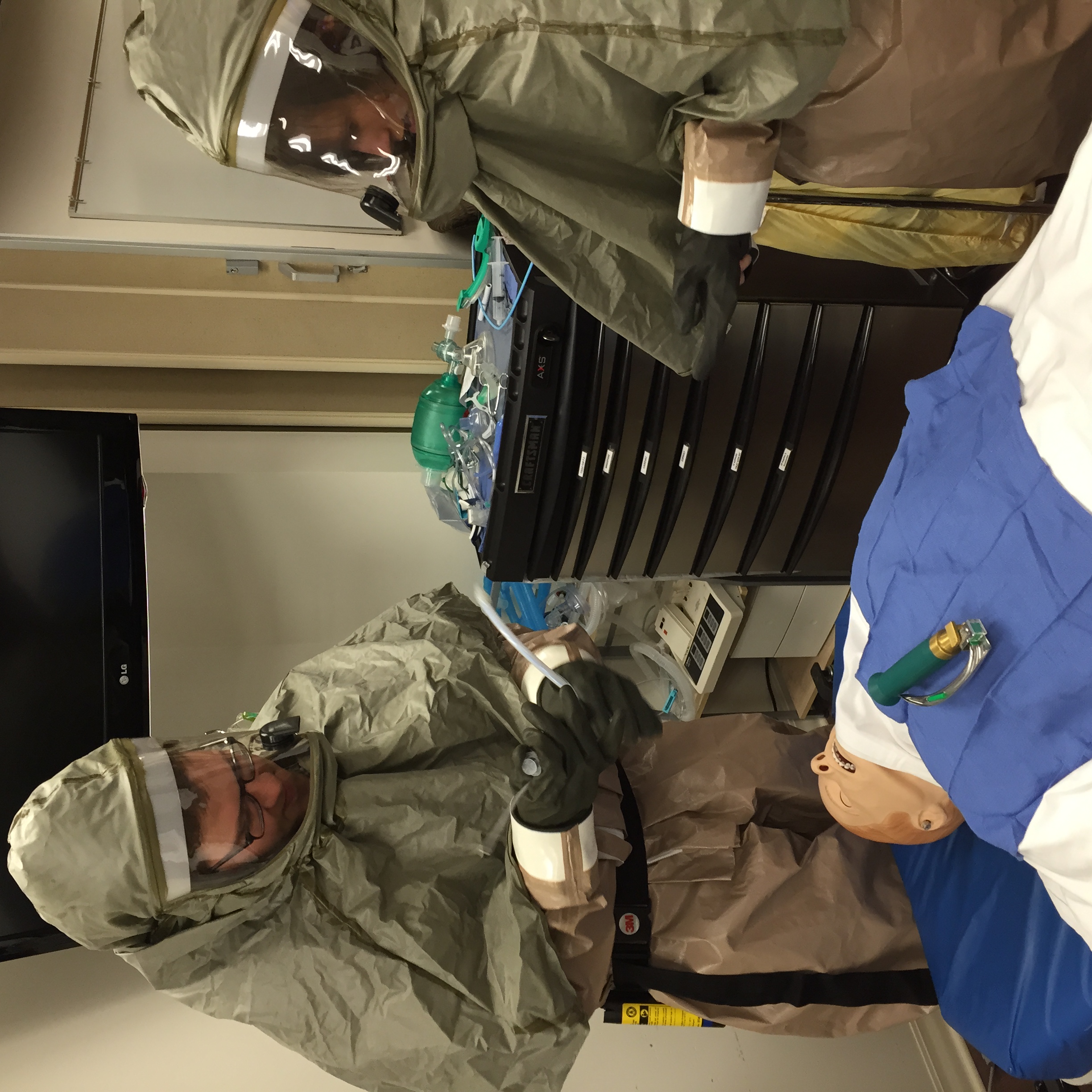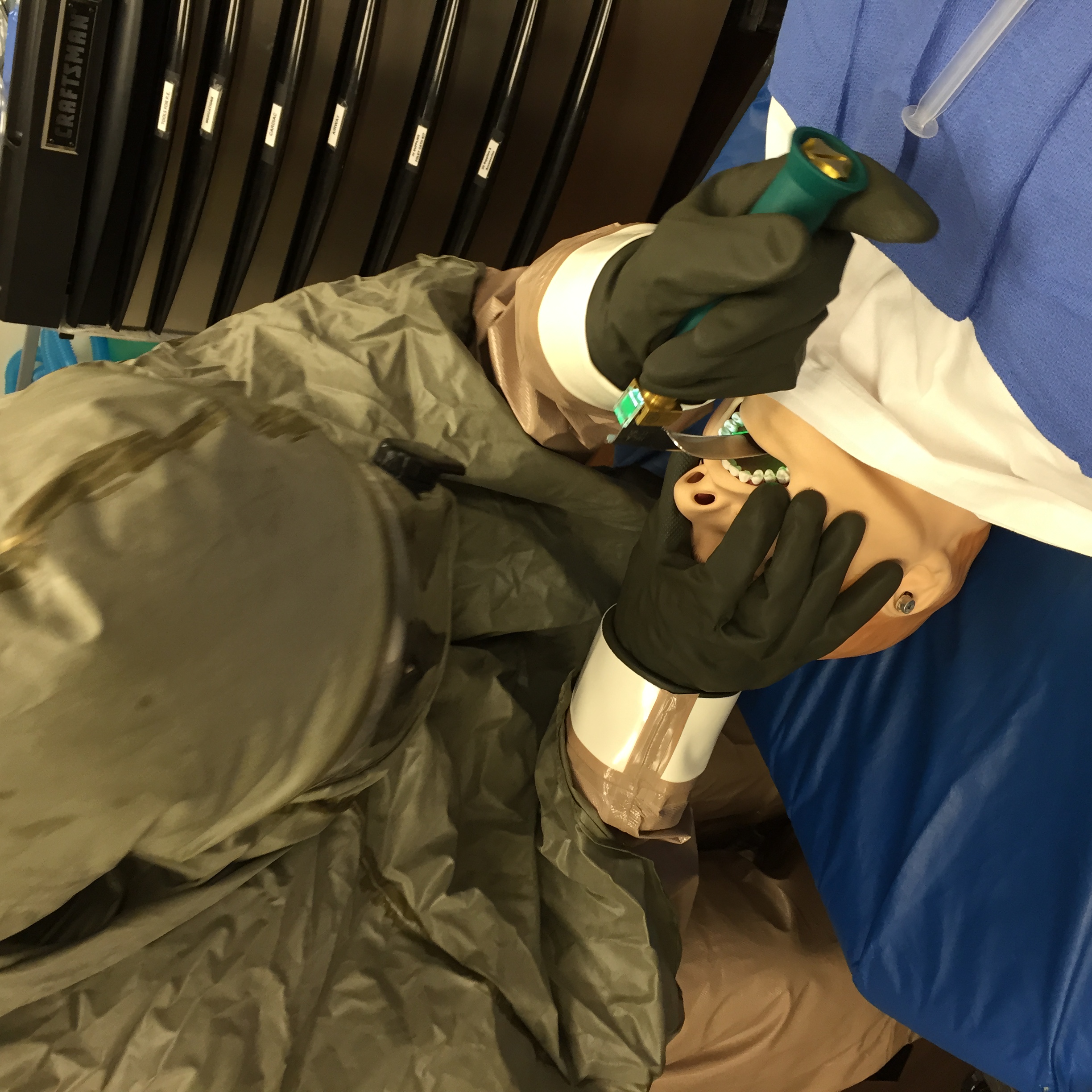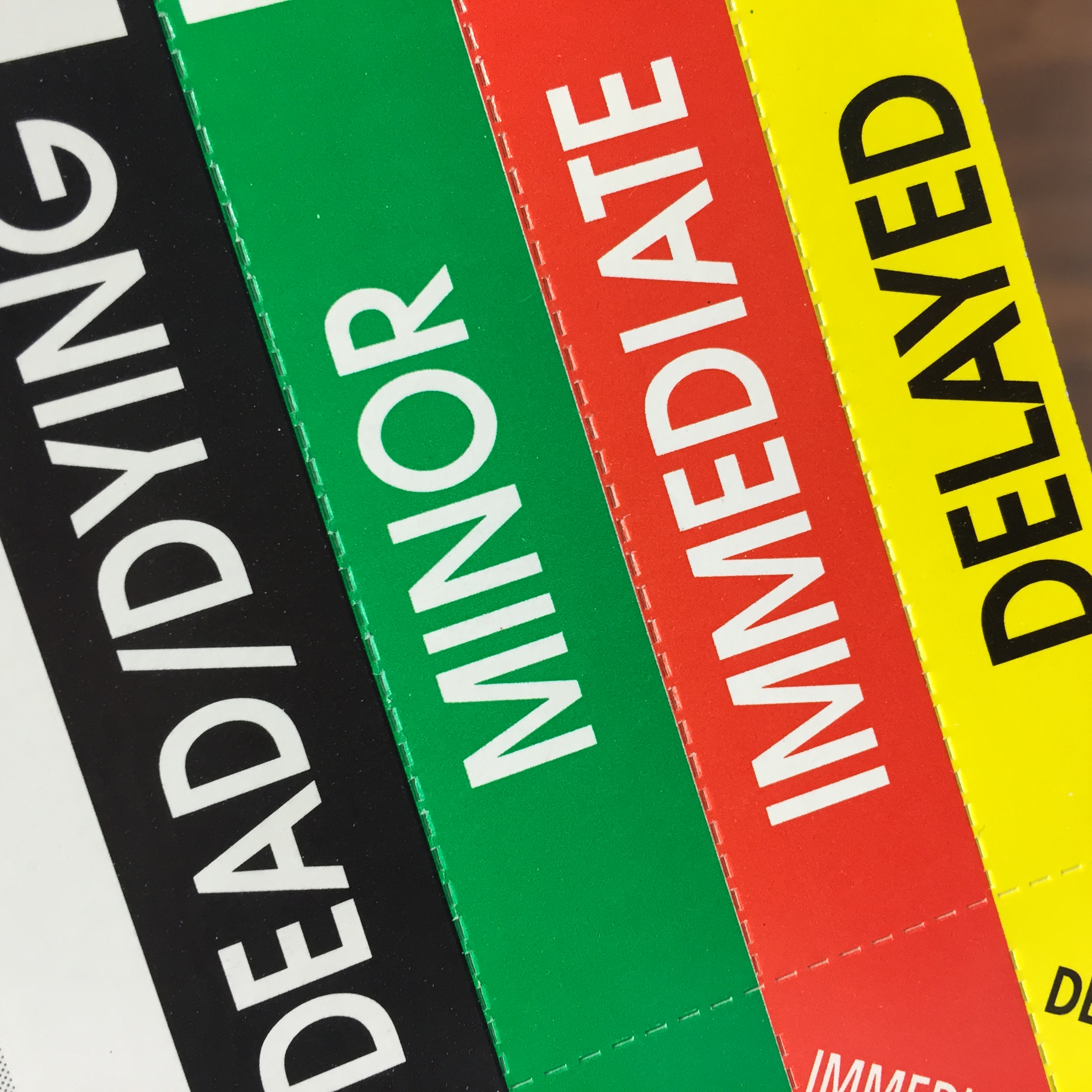Grand Rounds Recap - 5/20/15 - Disaster Day!
/Explosive Injury with Dr. Calhoun
Explosive injuries cause high numbers of casualties compared to chemical and biological incidents
Determinants of injury
- Type of blast: high vs low explosive (has to do with how rapidly the gas is released)
- Environment: close quarters vs open field
- Presence of projectiles
- Distance from the explosion
- Shielding
Types of blast injuries
Primary: due to blast wave itself
- This occurs due to over pressurized wave
- Worst impact is at the air-fluid interface (brain, lungs, TMs, bowel)
- Accounts for greatest proportion of mortality
- In these patients be judicious with positive pressure ventilation as it can precipitate an air embolus
- Can also see delayed deterioration, primarily due to occult bowel injury
Secondary: due to missiles propelled by the blast
- These can travel a great distance and lead to the greatest number of casualties
- There is an infectious disease concern if the suicide bomber or victims had hepatitis/HIV and could have contaminated the victims
- Blast injury victims with penetrating injuries always get antibiotic prophylaxis for wound infection
3. Tertiary: injury due to impact with another object
- Mainly crush injury
Radiation Injury with Dr. Calhoun
Cincinnati is 190 miles away from the nearest nuclear power plant
Types of ionizing radiation: UV, x-ray, alpha, beta, gamma
- rad = absorbed radiation dose
- rem = radiation absorbed corrected for the type of radiation
There is a difference between being irradiated and contaminated
- Irradiated means that you were near radiation exposure but did not touch it. These patients are not harmful to the health care providers
- Equivalent to smelling a foul smell (i.e. dog poop) - Can't pass the smell on to someone else
- Contaminated means that you physically have radioactive material on your body or clothes.
- Clothes removal will take care of majority of this, but the providers should wear PPE
- Equivalent to stepping in something foul smelling (i.e. dog poop) - Can pass on the contamination to someone else
Acute radiation syndrome has several stages:
- Prodrome: N, V, D, anorexia (minutes to days)
- Latent stage (hours to weeks)
- Manifest illness: symptoms are highly variable and nonspecific (hours to months)
- Recovery or death
Higher dose of radiation leads to more rapid progression of symptoms
Burns from radiation become evident several days after exposure because exposure in itself is not painful
If there is concern for radiation exposure, stay indoors unless there is an evacuation order
Potassium iodide: reduces risk of thyroid cancer in face of radiation exposure
- Must be given within 12 hours of inhalation exposure only
- Not helpful in those older than 40
Quick Hits from Dr. Otten and Dr. Calhoun
In patients with chemical exposure, removal of clothes will decontaminate them by 80% and if you wash them with plain water, it will remove 90-95% of chemicals
In case of disaster, there should be at least 1 person who is responsible for the "big picture" and is free of patient care responsibilities
If you have a patient who had radiation exposure and is very sick, they may bypass decon and go straight to the SRU because the risk of contaminating health care providers is minimal
If there is a suspected case of radiation contamination, make sure to notify EMS who may have cared for the patient as the contamination may not be picked up until after the patient arrives in the ED









